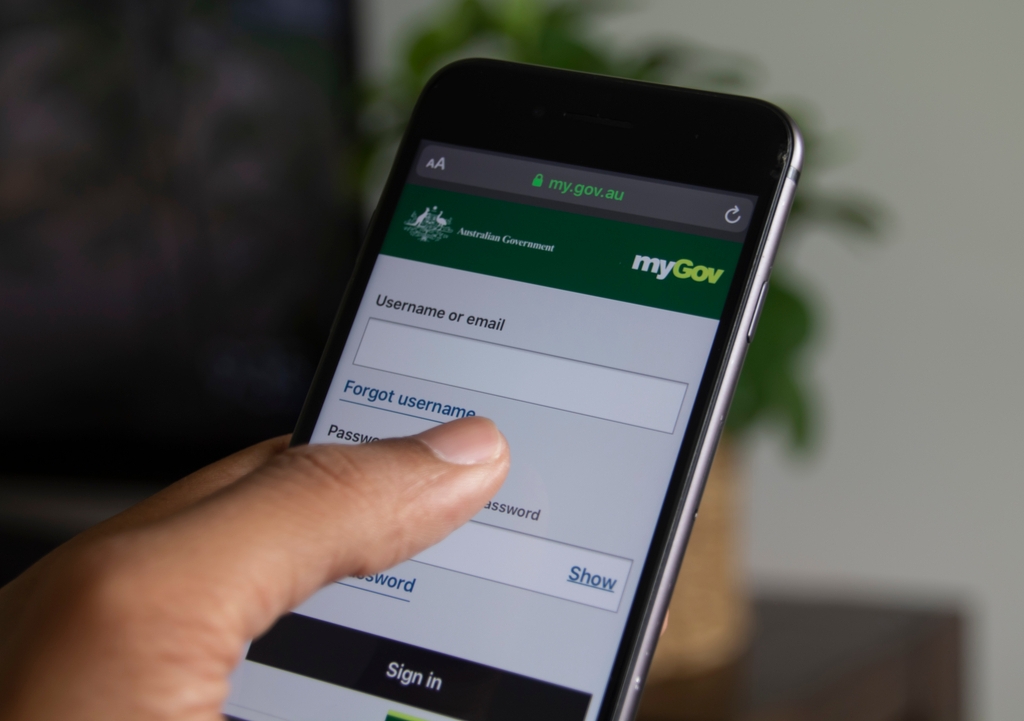UNSW Newsroom has put together some of the year’s most memorable business stories from the year that was.
The modern business world is filled with examples where organisations hastily rolled out artificial intelligence (AI) and machine learning (ML) solutions without consideration of ethical issues or negative results.

Robodebt is an important example of what can go wrong with systems that have both humans and machines in a decision-making chain. Photo: Shutterstock
From IBM getting sued after allegedly misappropriating data from an app to the Australian government’s Robodebt debacle (which included a ), you can find negative consequences of this everywhere.
In June, UNSW Business School’s Peter Leonard, a Professor of Practice for the School of Information Systems & Technology Management and the School of Management and Governance at UNSW Business School, explains what costs and risks need to be considered before rolling out AI and ML solutions.
“When automation goes wrong, it usually does so quickly and at scale. And when things go wrong at scale, you don’t need each pay-out to be much for it to be a very large amount when added together across a cohort,” he says.
Read the story .
Is Australia’s coronavirus bill a debt burden future generations must bear?
The Australian federal and state governments have spent unprecedented levels to lessen the negative economic effects of COVID-19. But where does this money come from – and will it saddle young people with too much debt?

Does racking up too much debt today imply diminished spending on everything else other than paying back the debt in the future? Photo: Shutterstock
By 30 June 2022, gross debt is expected to rise to $963 billion (or 45.1 per cent of GDP) and then increase to $1.2 billion (50 per cent of GDP) by 30 June 2025. This sounds like a lot, but a UNSW Business School academic explains there is technically no limit to the amount of debt the Commonwealth or state governments can borrow.
“State governments have different debt levels, relative to GDP, in part reflecting how profligate or inefficient their governments are,” explains Mark Humphrey-Jenner, Associate Professor in Finance at UNSW Business School.
“During exceptional times, higher debt might be justified. In which case, we must compare each states’ debt level against the impact of the pandemic. State governments might attempt to tax their way out of debt. But there is only so high they can go before companies and individuals simply leave.”
According to Richard Holden, Professor of Economics, “The best thing we can do for future generations is not encumber them with a broken economy after COVID. That requires some spending and some debt, but it is very manageable.”
What is the real impact of COVID-19 on our mental health?
COVID-19 threw the lives of many into varying levels of chaos, with significant mental stresses and strains. But earlier this year, a new research review suggested people’s psychological immune system was strong enough to overcome the impacts of the COVID-19 pandemic.

Research suggests the number of Australians dobbing in their fellow citizens during COVID-19 lockdowns spiked. Photo: Shutterstock.
The long-term mental health effects of COVID-19-related impacts, restrictions and lockdowns could be less problematic than initially feared, found a new review study of The Lancet’s COVID-19 Commission Mental Health Task Force.
“The Lancet’s COVID-19 Commission Mental Health Task Force consists of leading academic wellbeing experts across the globe. By surveying studies across the world, they’re aiming to see robust patterns of what has been common across the world,” says Frederik Anseel, an organisational psychologist who serves as Professor of Management and Senior Deputy Dean (Research & Enterprise) at UNSW Business School.
How COVID-19 has impacted working women
The COVID-19 pandemic has disproportionately affected women in negative ways, says Dr Sue Williamson, Senior Lecturer in the School of Business from UNSW Canberra.

"The casual labour force is dominated by women who as casual workers were excluded from JobKeeper, and many will find it harder to get back into the labour market." Photo: iStock
While global research indicates that a hybrid workplace is the workplace of the future, she says significant policy and organisational changes are still needed to achieve gender equality in the workplace. Equal career progression opportunities and equal pay are still needed.
“If there is one thing that the Australian government could do to increase women’s workforce participation and therefore improve gender equality – it’s to make childcare more affordable,” says Dr Williamson.
Adjunct Professor Abigail Powell at the Centre for Social Impact, UNSW, says that while some organisations have been resistant to the idea of flexible work practices prior to COVID-19, there is a shift to keep hold of some of these changes in the long term, rather than simply returning to the pre-COVID-19 status.
Read more to find out how the pandemic has affected working women and some of the ways these women are learning to balance work, mental health, and home life.
Non-fungible tokens: a turning point for digital content creators and artists?

Non-fungible tokens are helping digital content creators and artists with monetising their work, such as Beeple's $89 million digital creation (above). Photo: Shutterstock
While they may seem like a fad, non-fungible tokens (NFTs) have revolutionised how digital content creators and artists create business models, says UNSW Business School’s Eric Li.
While NFTs have experienced a meteoric rise in recent times, Dr Lim warned there are a number of challenges associated with their widespread adoption. “To clear any misunderstandings, NFTs are not a technological silver bullet. It is not the be-all and end-all for digital creatives,” he says.
Regulation and a set of common understandings have to be formed around the community within which the digital assets reside. Codes of conduct and community-backed censure also have to evolve in order to blacklist and sanction artists who do not uphold their promise of scarcity in creating a digital asset.
“Just as there is no way to stop Leonardo da Vinci from painting multiple copies of Mona Lisa, there is no way to stop artists from creating multiple copies of a digital asset and minting them on the blockchain after the first copy of it has been created,” says Dr Lim.







